Daniels and Worthingham’s Muscle Testing: Techniques of Manual Muscle and Physical Performance Testing, 11th Edition (True PDF from Publisher)
| Edition |
11th |
|---|---|
| Format |
True PDF, Cover, Bookmark, ToC, Index |
| ISBN 10 |
032382420X |
| ISBN 13 |
978-0323824200 |
| Language |
English |
| Published Year |
2024 |
| Publisher |
Saunders |
- Best Price Guaranteed
- Best Version Available
- Free Pre‑Purchase Consultation
- Immediate Access After Purchase
$108.01 Original price was: $108.01.$32.00Current price is: $32.00.
Categories: Sport Medicine
The comprehensive knowledge required to become proficient in manual muscle testing and performance testing and improve clinical decision making is provided in Daniels and Worthingham’s Muscle Testing, 11th Edition. A thorough explanation of the benefits of strength testing along with concise, well-illustrated instructions offer a comprehensive manual for patient posture, physician guidance, and skill application. This edition has updated information on alternative strength and performance tests for all adult groups, as well as revised muscle testing of normal people and those with weakness or paralysis. The work is now more relevant for today’s physician because to updated, thorough coverage of muscle dynamometry and optimal exercises.
All of the text, figures, and references are available in the eBook edition that comes with the print purchase. You may search, edit the content, take notes and highlight important passages, and have the material read aloud.
It is simple to comprehend and carry out muscle testing techniques to evaluate deficiencies in strength, balance, and range of motion when there are illustrations and arrows present, as well as clear written instructions.
Testing procedures, muscle architecture, and muscular innervation are all well depicted in more than 500 images.
You are introduced to muscle dynamometry through the content on the muscle dynamometer and muscle dynamometry data, which includes muscle dynamometer procedures and results for each muscle.
Procedures based on the literature are explained in detail by the best workouts for particular muscles.
The chapter on functional performance testing discusses muscular performance testing in a variety of clinical contexts as well as functional strength testing in older persons and those with functional decline.
A range of tests suitable for various contexts are included in the chapter on strength testing for active people, along with reference data for comparison.
The practical aspects of manual muscle testing, including ways to improve its validity and reliability, are covered in chapters on the subject.
Muscle topography and function can be linked with the aid of specifics about muscle anatomy and innervation.
To guarantee higher accuracy, Clinical Relevance and substitutes boxes show potential muscle substitutes during an exam and offer further advice.
A constant reference number clearly identifies each muscle in the body, indexed in the Alphabetical List of Muscles by Region as well as in the Ready Reference Anatomy chapter in the eBook included with print purchase, to ease cross-referencing and enable you easily identify any muscle.
The most up-to-date information required to be a successful practitioner is provided via updated content throughout.
Updated references guarantee that the information is up to date and relevant to modern practice.
BRAND NEW! All of the text, figures, and references are available in the eBook edition that comes with the print purchase. You can also search, edit the content, take notes and highlight important passages, and have the material read aloud. Video clips and other Ready Reference Anatomy and Assessment of Muscles Innervated by Cranial Nerves information are also included in the eBook.



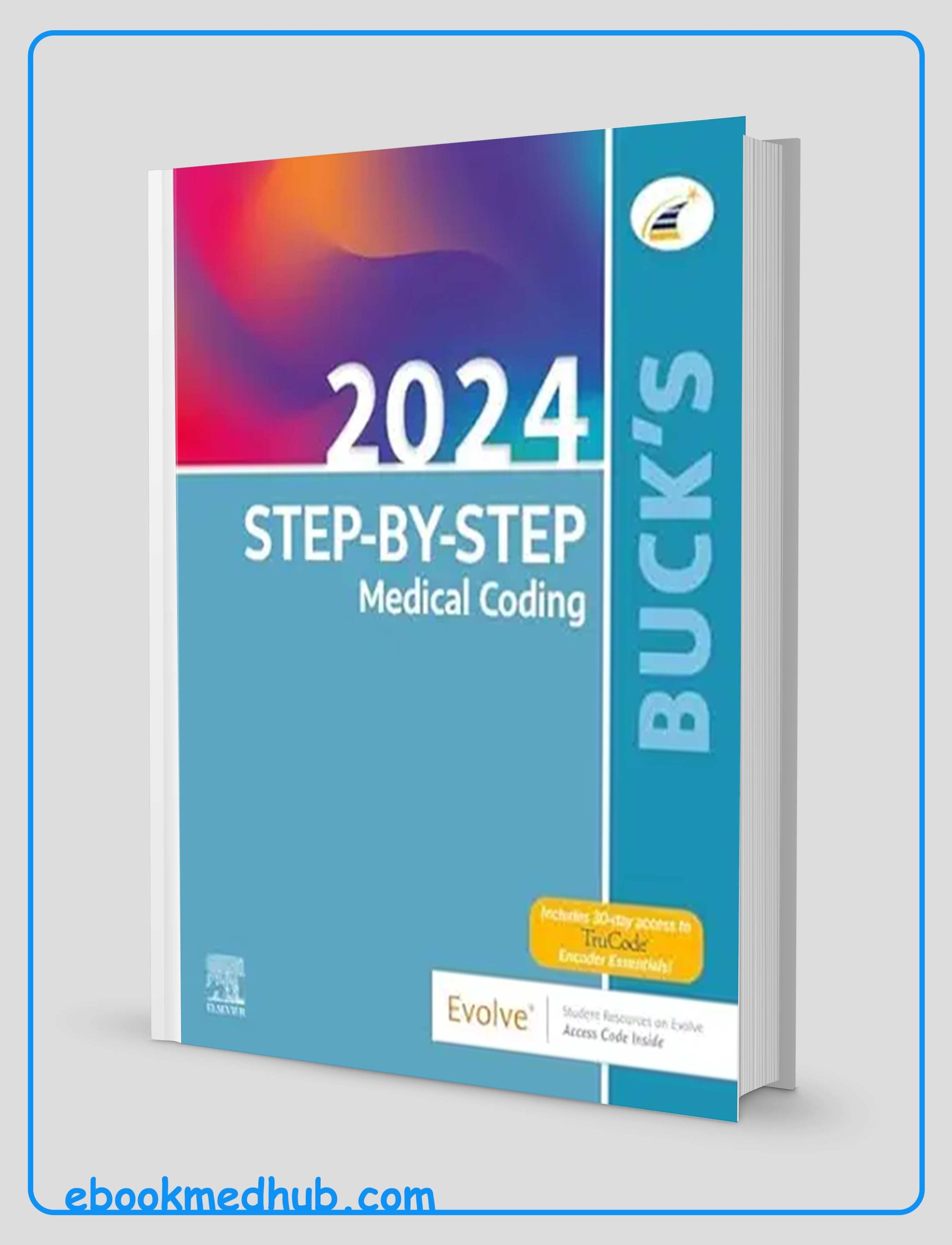
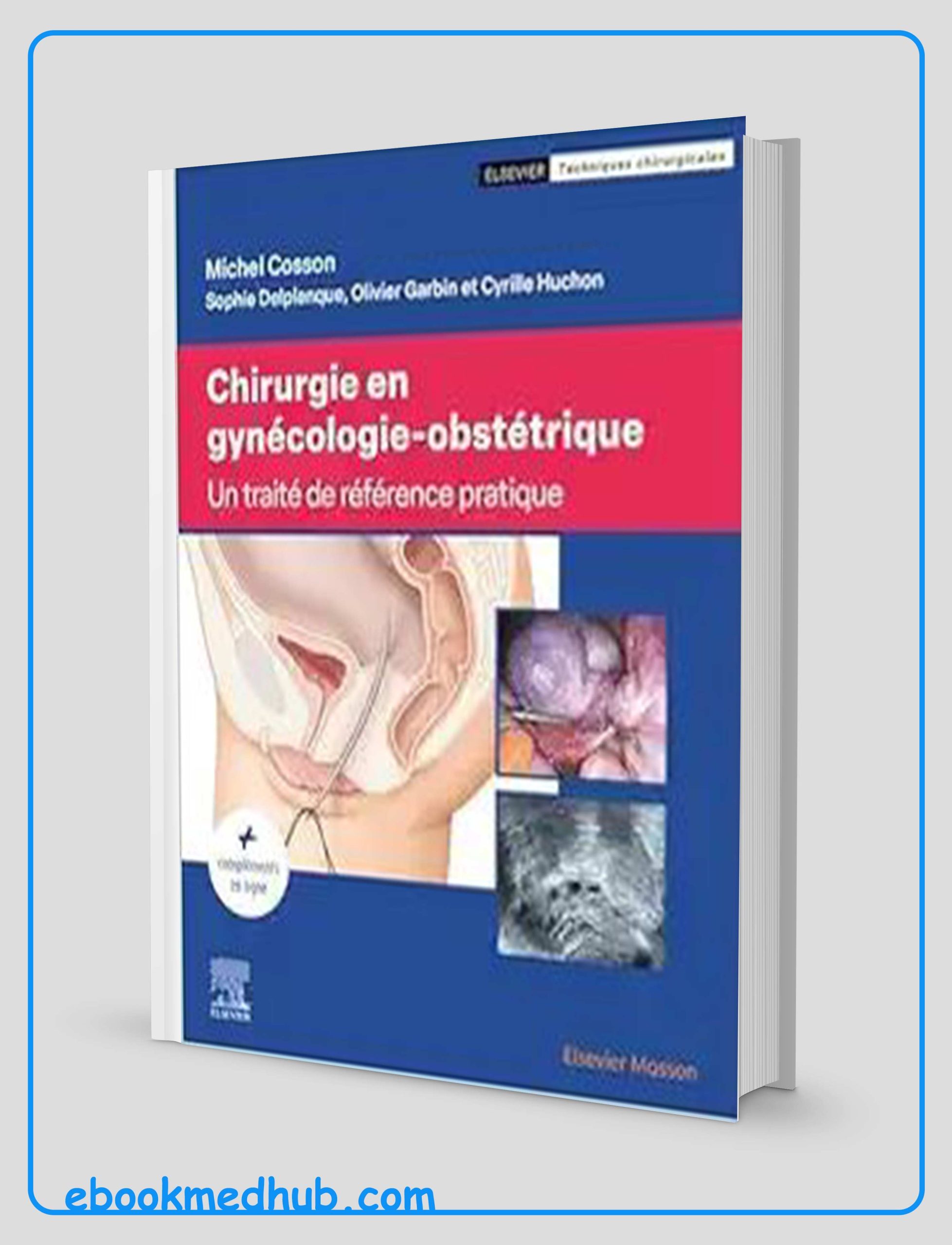

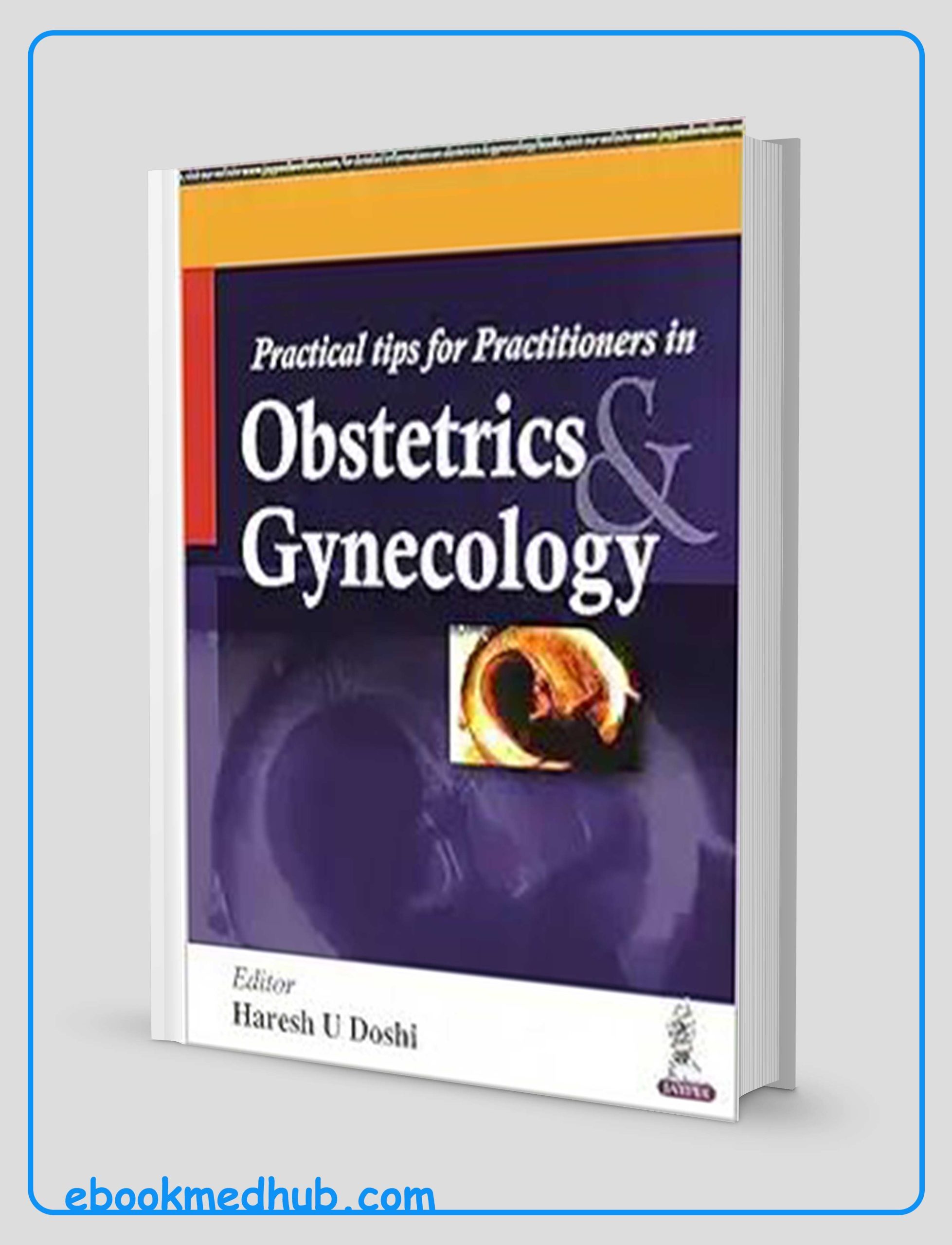

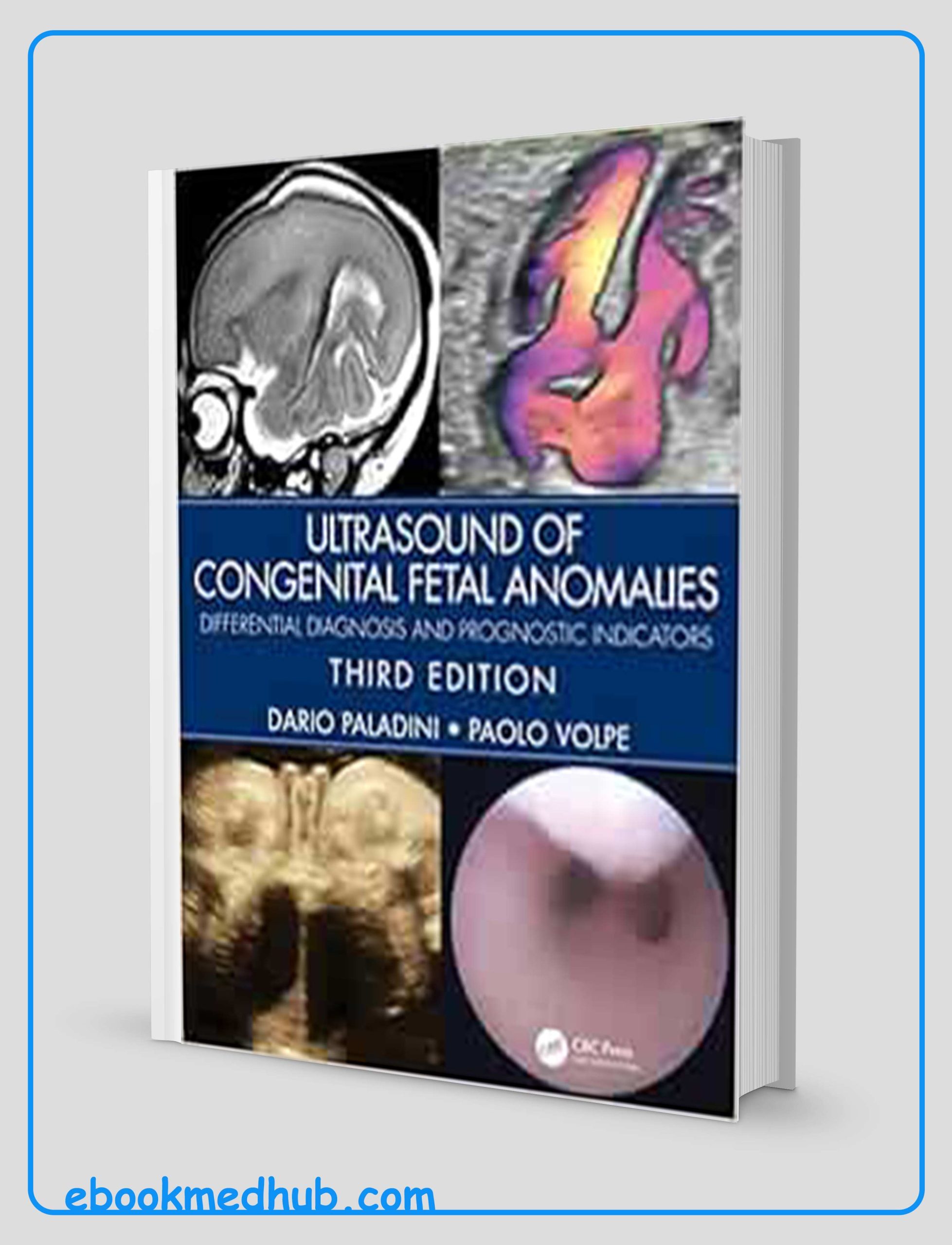











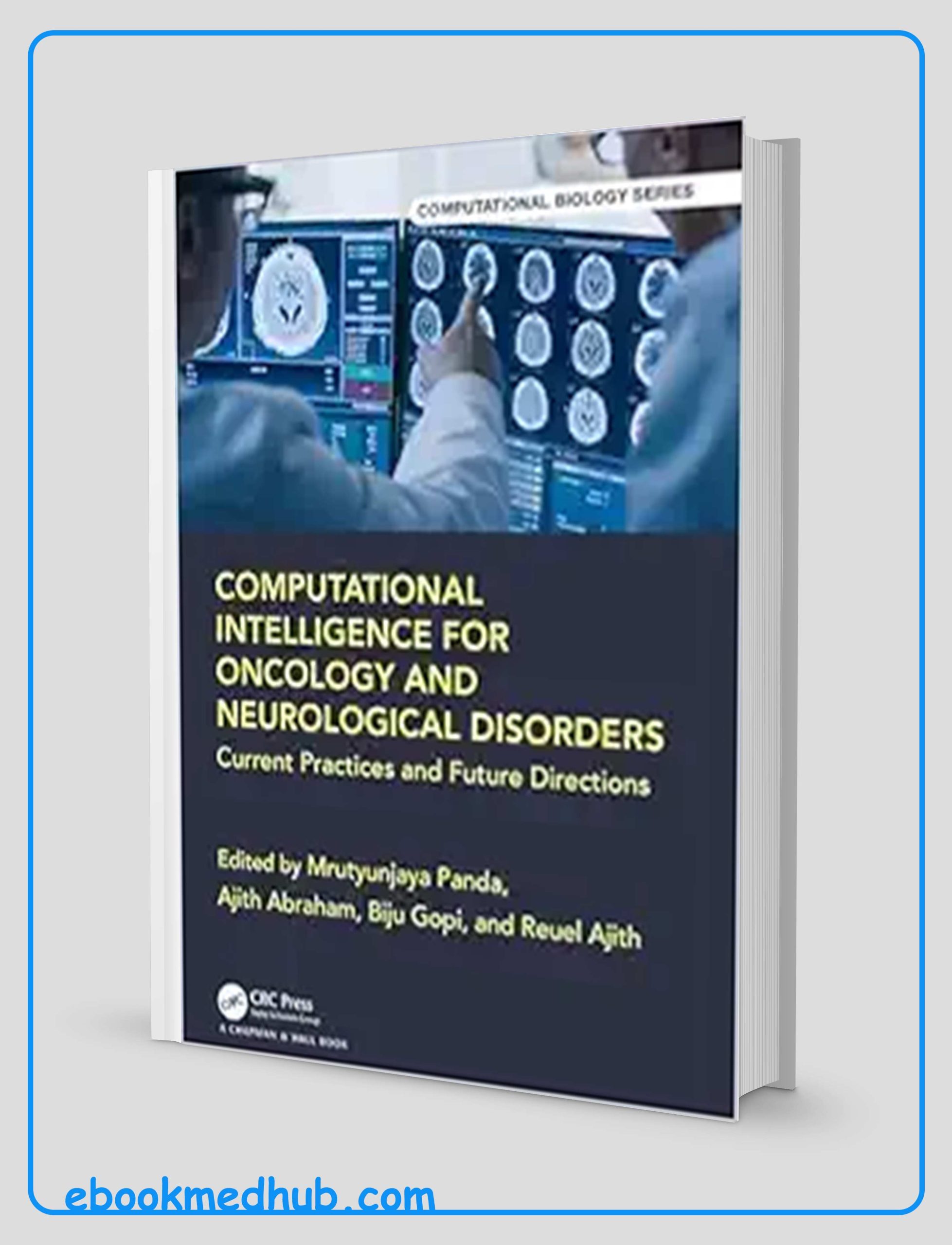
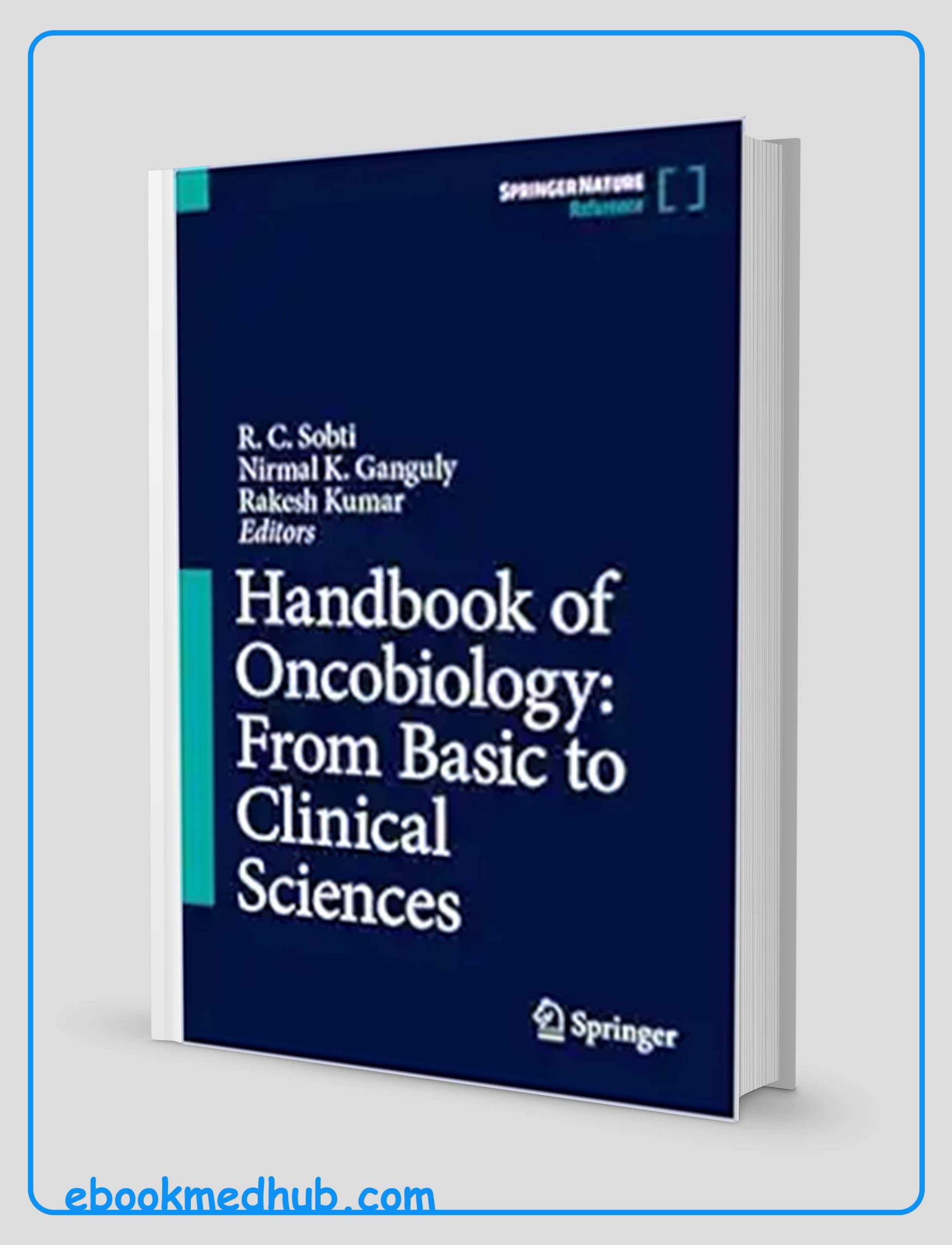
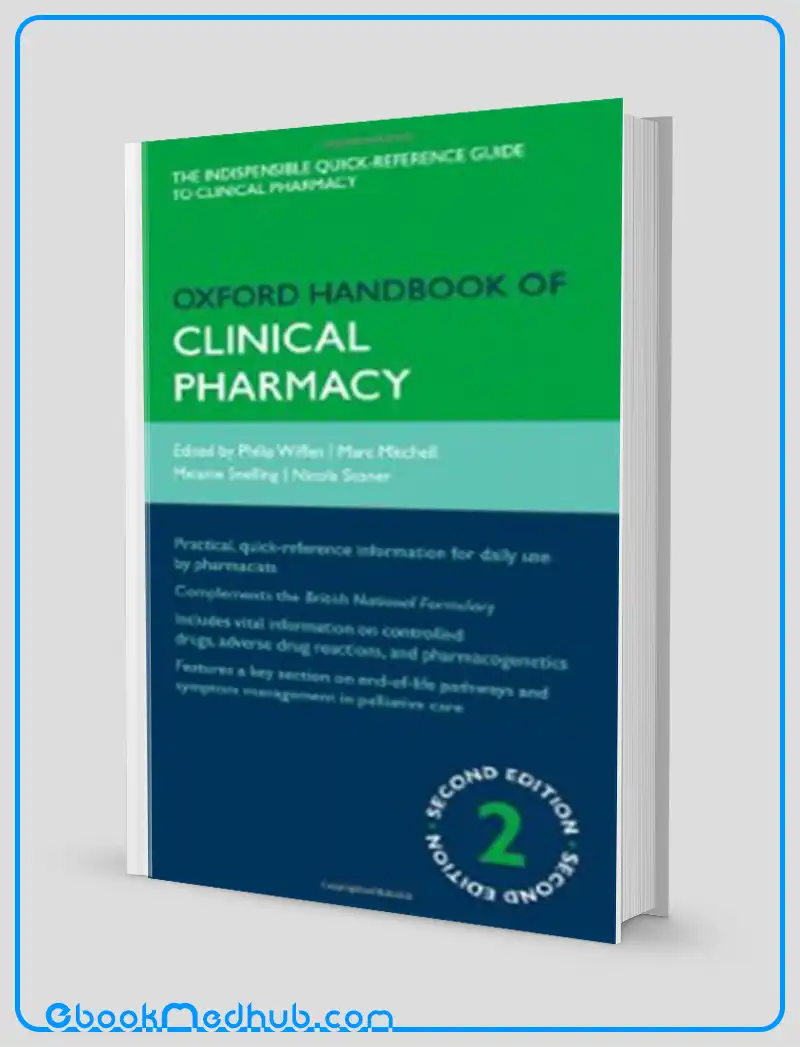




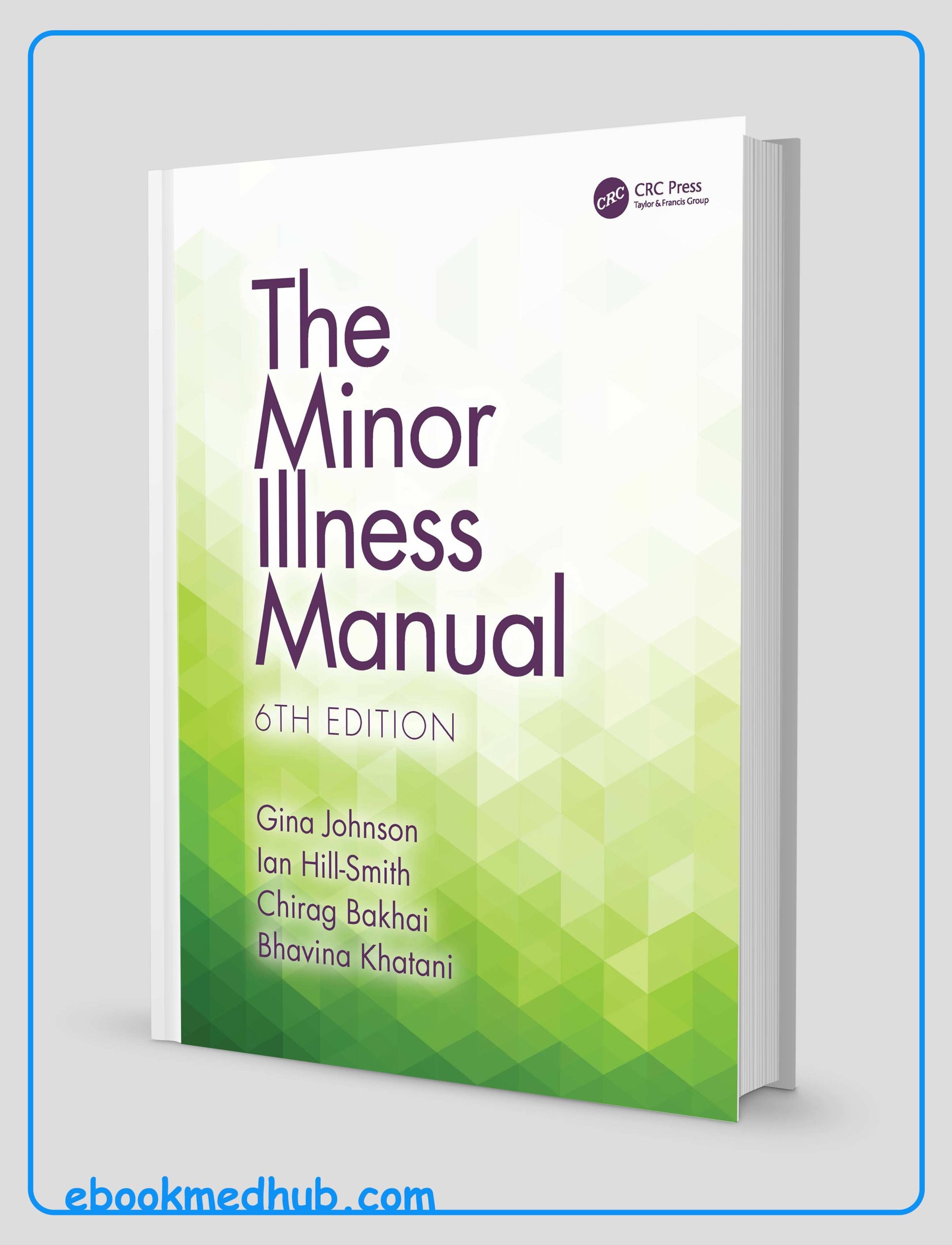
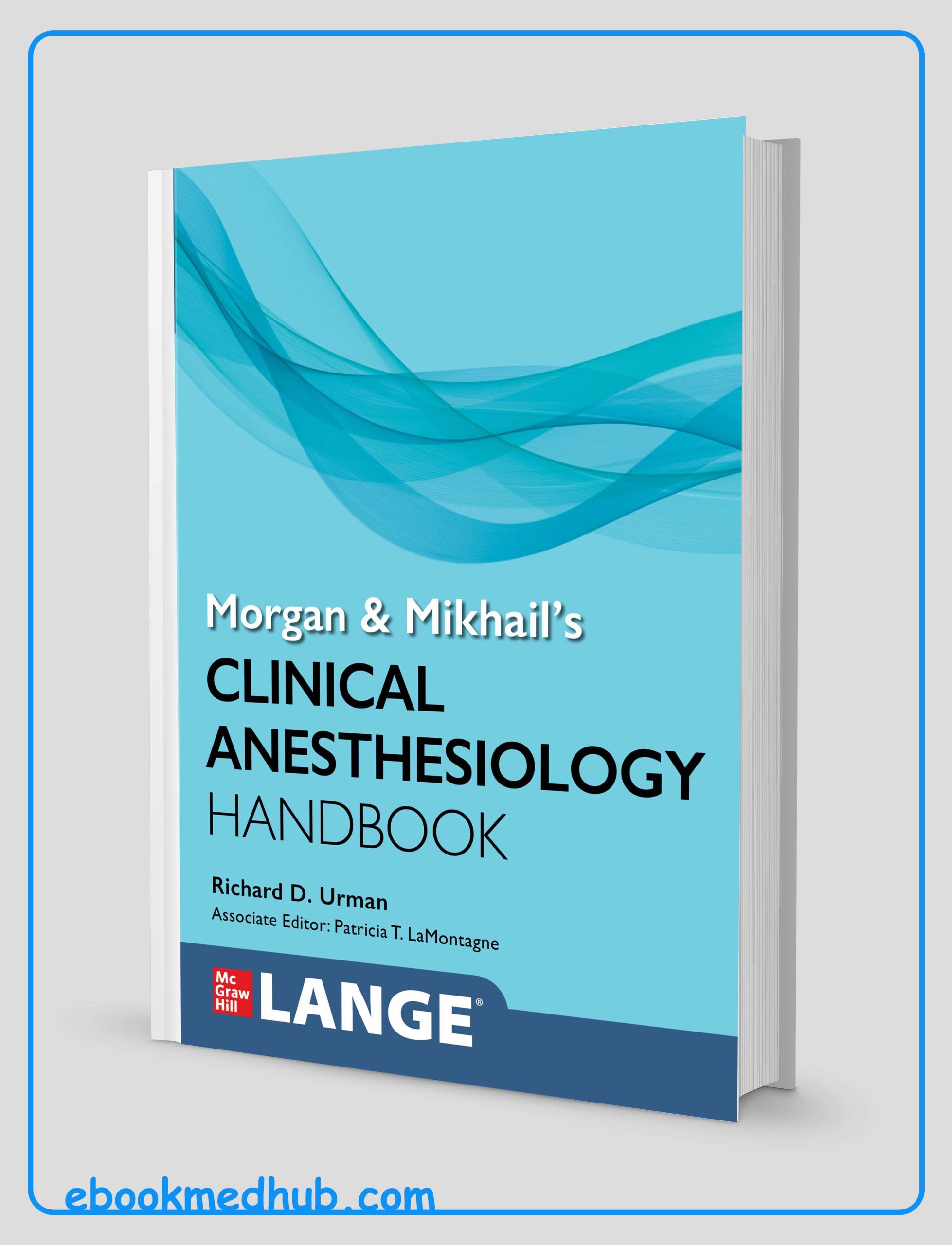

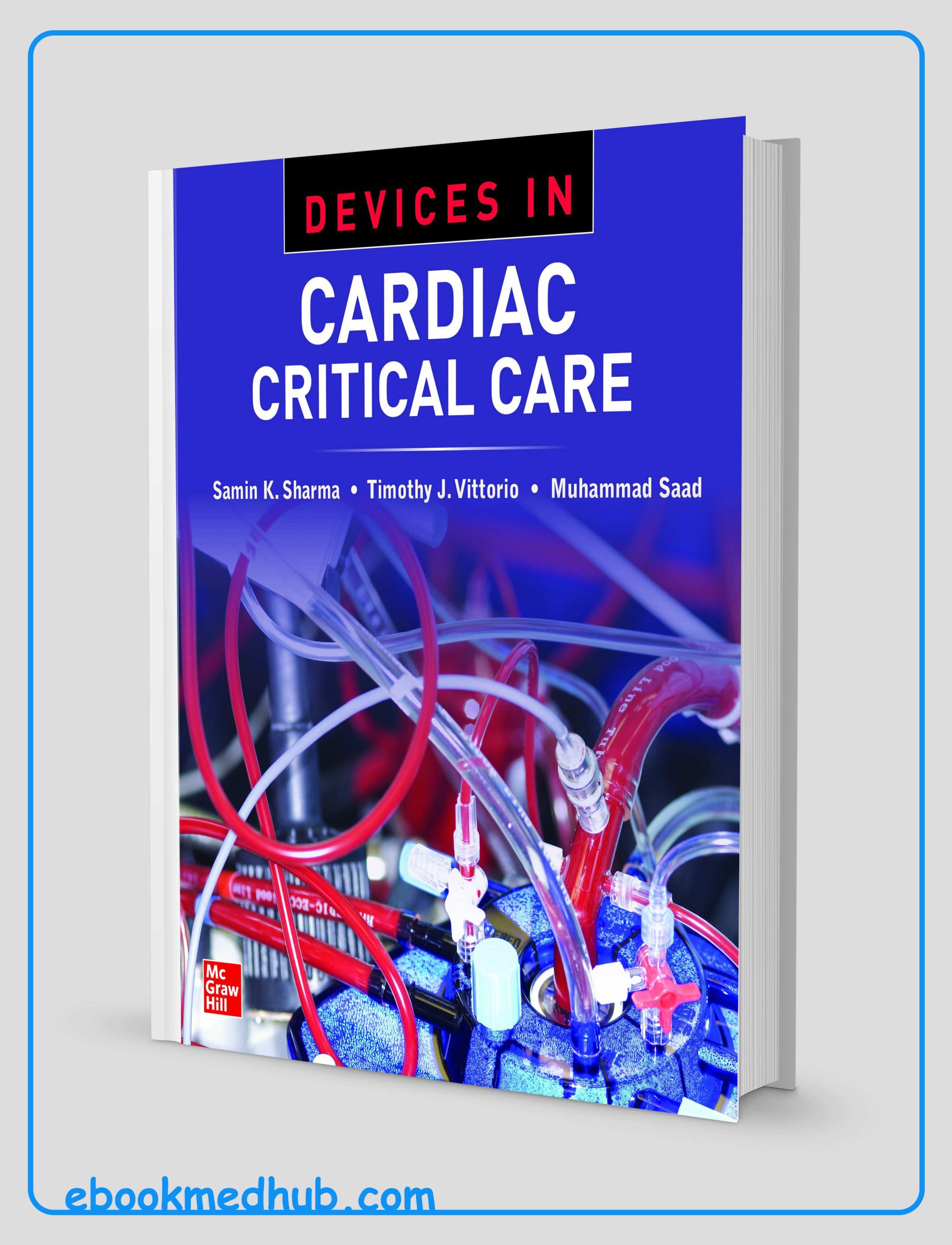
Reviews
There are no reviews yet.